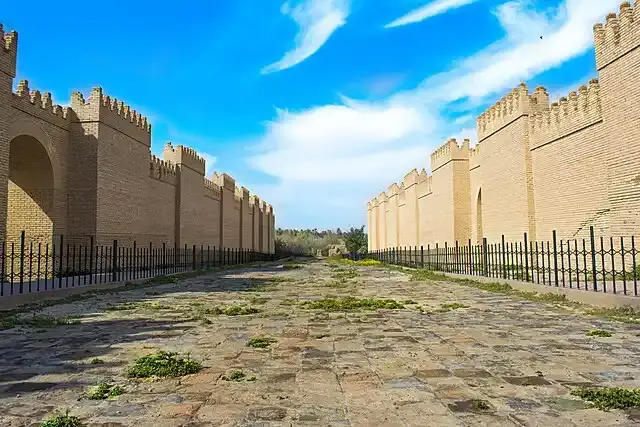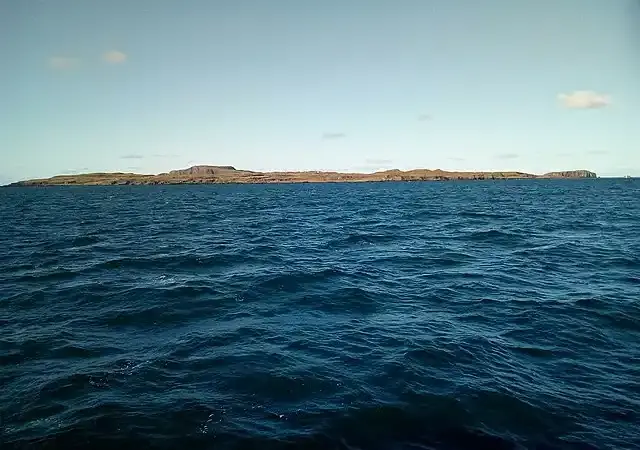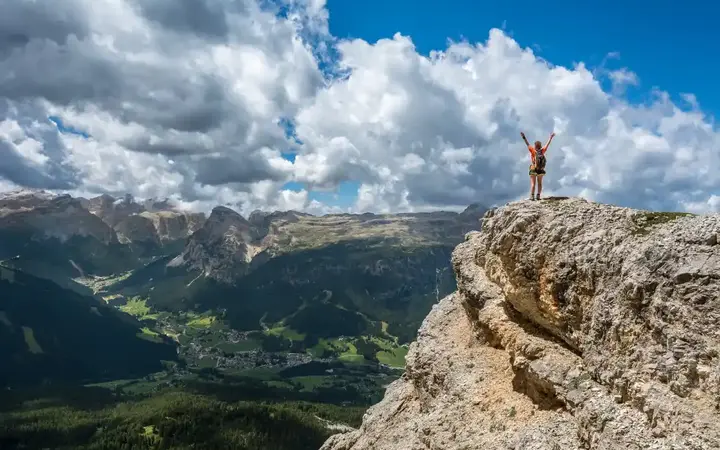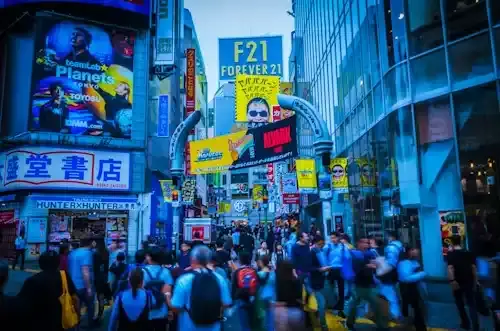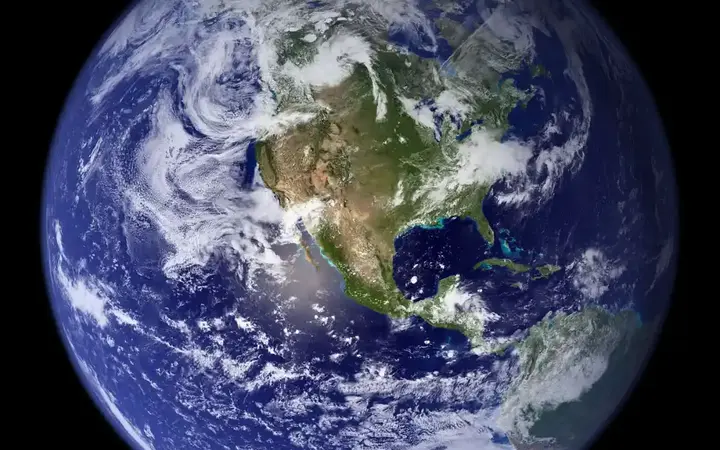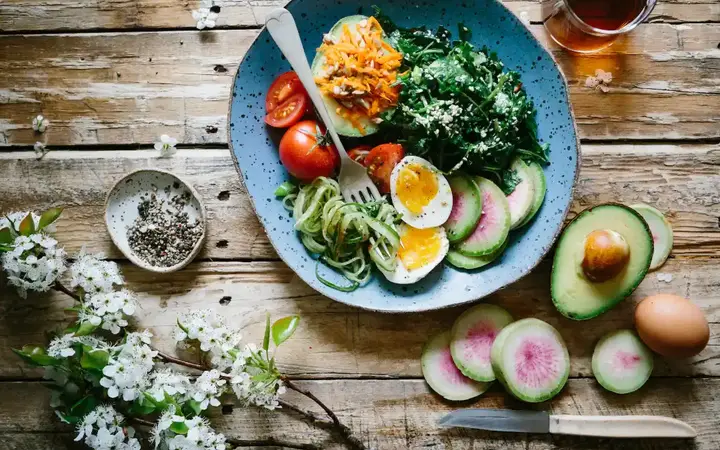Can you get into Svalbard's seed vault?
Deep in the depths of an iceberg on an island above the Arctic Circle between Norway and the Arctic lies a resource of vital importance for the future of humanity. It's not coal, oil, or precious metals, it's seeds. Millions of seeds, from more than 930,000 varieties of food crops, are stored in the global seed vault in Svalbard, part of the Norwegian archipelago of Svalbard. It is essentially a huge safety fund, carrying the largest collection of agricultural biodiversity in the world. In this article, we talk about this global facility and its importance.
Show key points
- The Svalbard Global Seed Vault, located in a remote Arctic island, safeguards over 930,000 varieties of food crop seeds to preserve agricultural biodiversity.
- Designed to withstand natural disasters and human conflicts, the facility offers a secure backup for global gene banks threatened by war, terrorism, or environmental catastrophes.
- The vault plays a crucial role in protecting the genetic diversity of food crops, especially as modern agriculture has led to a sharp decline in biodiversity worldwide.
- ADVERTISEMENT
- It acts as a crucial resource for future food security, storing seeds with valuable traits that can help combat challenges such as climate change and evolving pests or diseases.
- The seed vault complements a global network of approximately 1,700 gene banks by serving as a long-term backup in case local collections are lost or destroyed.
- ICARDA's draw from the vault during the Syrian conflict showcased the facility's importance in restoring lost seed collections and continuing vital agricultural research.
- Despite its symbolic "doomsday" nickname, Svalbard represents a hopeful international cooperative effort, transcending political boundaries in the name of humanity’s shared future.
Place:

It's hard to find a more secluded place than the icy wilderness of Svalbard. It is the farthest point north to which it can be flown on a commercial plane. Apart from the nearby town of Longyearbyen, it is a vast white expanse of frozen emptiness. The global seed vault has been dubbed the "Doomsday" vault, which conjures up the image of a seed reserve for use in the event of a horrific event or global catastrophe. But it is destruction and smaller local threats facing gene banks around the world that the vault is designed to protect against.
Recommend
Near the entrance to the facility, a rectangular concrete wedge protrudes clearly from the snowy landscape, and the doomsday moniker looks frighteningly appropriate. Svalbard was chosen as the location for the cellar because of its remoteness. It is in a safe place, far from places on Earth where there are wars and terrorism, and can withstand a magnitude 10 earthquake on the Richter index.
The entrance leads to a small, tunnel-like room filled with loud noise from electricity and cooling systems required to maintain a constant temperature inside the cellar at -18 degrees Celsius. Through one of the doors is a wide concrete walkway illuminated by strip lighting leading down the mountain for 130 meters. At the end of this corridor is a room, which is an additional layer of security to protect the basements containing seeds. There are three vaults leading to the room, each with a capacity of more than 1.5 million seeds. Only one of them is currently in use, and its door is covered with a thick layer of ice. Here, the seeds are stored in test tubes and vacuum silver containers, and then in large boxes neatly arranged on floor-to-ceiling racks. They have very little monetary value, but the funds may hold the keys to the future of global food security.
Reasons:
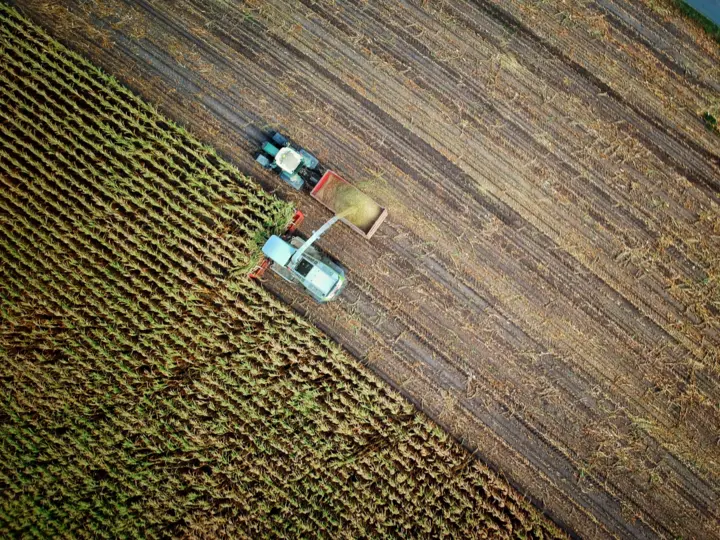
Over the past fifty years, agricultural practices have changed dramatically with technological advances that allow for large-scale crop production. But, while crop yields have increased, biodiversity has shrunk to the point where only 30 crops now provide 95% of human energy needs. For example, only 10% of the rice varieties used by China in the fifties are still in use today. The United States has lost more than 90% of its fruit and vegetable varieties since the twentieth century. The monoculture nature of this food supply makes the food supply more vulnerable to threats such as disease and drought. The seeds in the basement include wild and ancient varieties, many of which are no longer widely used, and many do not exist outside the seed collections from which they came. But the genetic diversity in the vault can provide the traits needed to develop new breeds for any challenges the world or a particular region may face in the future. For example, one of the 200,000 varieties of rice inside the cellar could have the trait needed to adapt to high temperatures, or find resistance to a new pest or disease. This is especially important with the challenges of climate change.
Gene banks:

There are up to 1,700 copies of the vault, called gene banks, distributed around the world. This global network collects, conserves and shares seeds to promote agricultural research and the development of new varieties.
The Svalbard vault opened in 2008, as a backup storage unit for hundreds of thousands of items. Norway funded the construction. The goal is to find and house a copy of each unique seed found in global genebanks; the vault will soon give way to the millionth variety. It also works in tandem with those gene banks, when their material is lost or destroyed.
First draw:
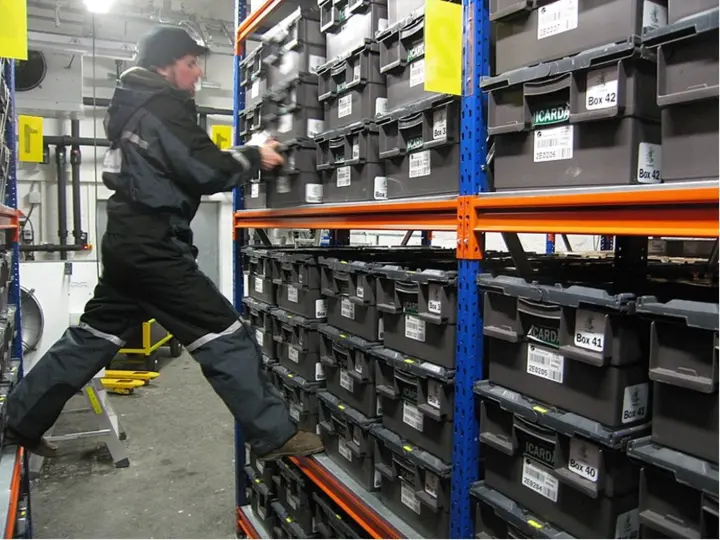
The International Center for Agricultural Research in the Dry Areas (ICARDA) is a global agricultural research organization based in Syria but was forced to leave its headquarters, near Aleppo, due to terrorism. The organization evacuated its international staff in 2012, but some Syrian researchers stayed to rescue equipment and even animals.
But as the fighting intensified, they had to leave their genebank, one of the world's most valuable seed collections, containing some of the oldest varieties of wheat and barley. ICARDA restarted the genebank in 2015 using seeds from the Svalbard vault – the first draw ever there. Awakening from her icy slumber, the seeds were planted in Lebanon and Morocco, and her offspring were carefully collected and processed to return them to the cellar.
Other disasters:

The Gene Bank in Aleppo was not the first bank to be threatened with war. Gene banks in Afghanistan and Iraq were destroyed, along with genetic material that was not backed up in Svalbard. But it is not only armed conflict that threatens these valuable resources. Some gene banks have been damaged by natural disasters, such as the National Genes Bank of the Philippines, which was damaged by floods caused by a typhoon and later a fire. But lack of resources is perhaps the biggest threat facing the world's gene banks. Due to an unfortunate lack of funding, many lack the resources to properly store or protect the seeds they hold.
The end:
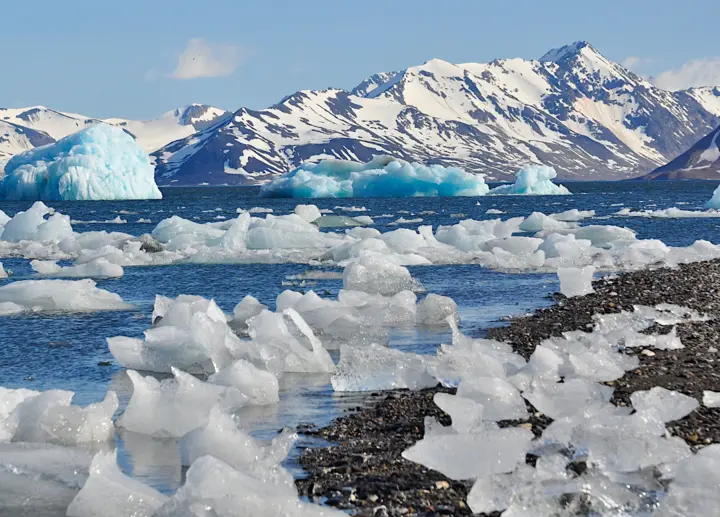
In an era of growing geopolitical tensions and uncertainty, the Svalbard vault is an extraordinary and promising exercise in international cooperation for the benefit of humanity. Any organization or country can send seeds to it, and there are no restrictions due to policy or diplomatic requirements. There are red wooden boxes from North Korea next to black boxes from the United States. In the corridor next door, there are seed boxes from Ukraine on top of seeds from Russia. The seeds don't care because there are North Korean and South Korean seeds in the same corridor. They are cool and safe there, and that's all that really matters.
![]()
Babylon... The empire engraved in the memory of history
Babylon, once the world's largest city and symbol of power, was famed for its Hanging Gardens and Hammurabi's laws. Despite its fall, religious texts and historians kept its memory alive, portraying it with awe or condemnation. Rediscovered centuries later, it remains a symbol of legacy and greatness. more- ADVERTISEMENT
![]()
Time travel through remote Lewis Island in Scotland
Time Travel Through Scotland’s Remote Isle of Lewis more- ADVERTISEMENT
![]()
Our cosmic neighborhood may be ten times larger than we thought.
A massive discovery suggests our Milky Way may belong to a cosmic structure far bigger than we thought—possibly ten times larger than the Laniakea supercluster. Galaxies travel like rivers in a gravity basin, flowing toward the enormous Shapley concentration, challenging everything we thought about the universe’s scale. more- ADVERTISEMENT
![]()
Despite software piracy - how to win Microsoft?
Despite Windows piracy, Microsoft thrives with massive profits from OEM deals, cloud services like Azure, Office 365, and products like Xbox and Surface. Its strong brand, user base, and constant innovation keep it ahead, while many users still prefer legal software for security and reliability. more- ADVERTISEMENT
![]()
10 ways you can make money on YouTube
YouTube isn't just for watching videos anymore—it’s a legit way to make money. From joining the YouTube Partner Program to selling your own merch or offering paid memberships, there are plenty of smart ways to turn views into income and build a real career from your channel. more- ADVERTISEMENT
![]()
Success Guide – How to turn your presentation into an exciting story?
Success Guide – How to turn your presentation into an exciting story? more- ADVERTISEMENT
![]()
The most impressed Japanese techniques in modern times
Japan keeps surprising the world with weird yet useful inventions—like heated toilet seats and noise-canceling forks. One standout? Healthcare robots that assist the elderly, making life easier and healthcare smarter. Also, karaoke, born in Japan, totally changed entertainment. It's clear: Japan knows how to mix fun, tech, and innovation. more- ADVERTISEMENT
![]()
5 things you should remember when you don't believe in yourself
5 Things to Remember When You Don’t Believe in Yourself more- ADVERTISEMENT
![]()
How a failed experiment led to Einstein's first big revolution
The Michaelson-Morley experiment tried to detect the mysterious ether believed to carry light—but found nothing. This surprising result helped spark Einstein’s radical idea: light doesn’t need a medium, and its speed is always constant. That bold insight laid the foundation for the revolutionary theory of special relativity. more- ADVERTISEMENT
![]()
75% of the global diet is produced by just 12 plants and 5 different animals
Our diets rely on just a few crops, making them fragile and less nutritious. Embracing lesser-known, diverse foods like millet and winged beans can boost health, support farmers, and protect against climate and crop threats. more- ADVERTISEMENT












